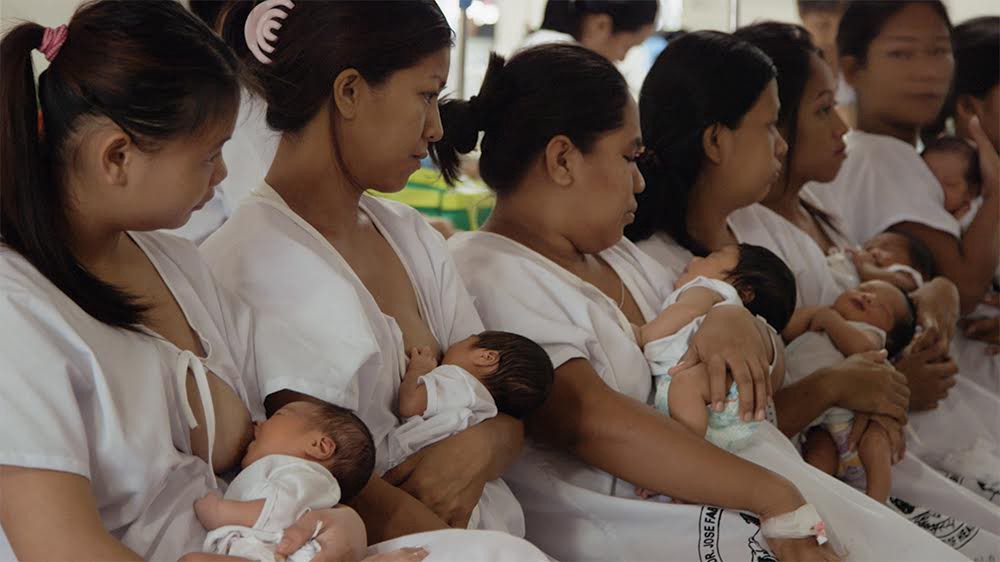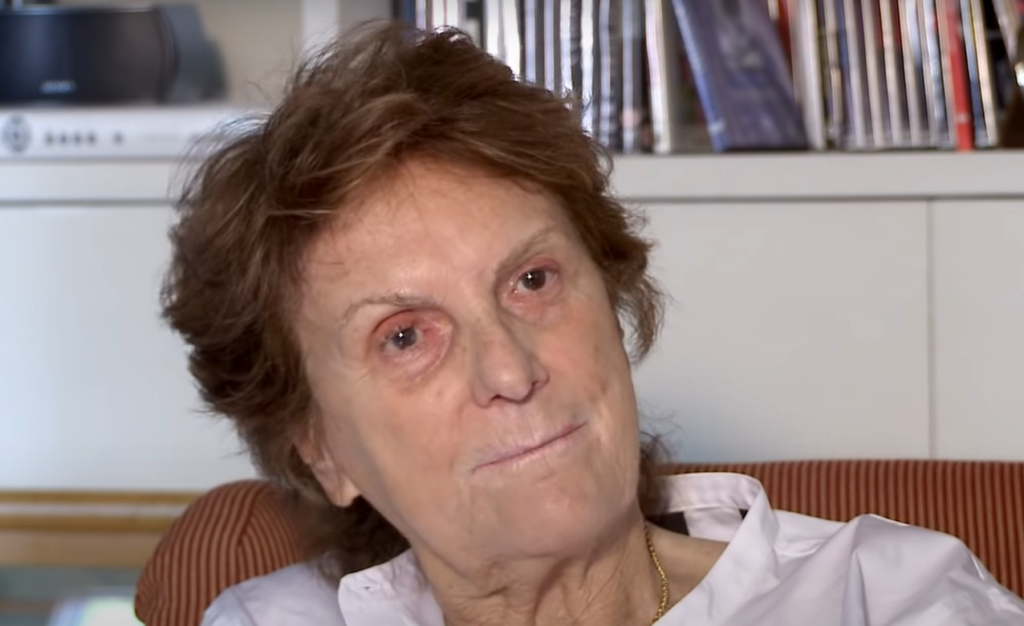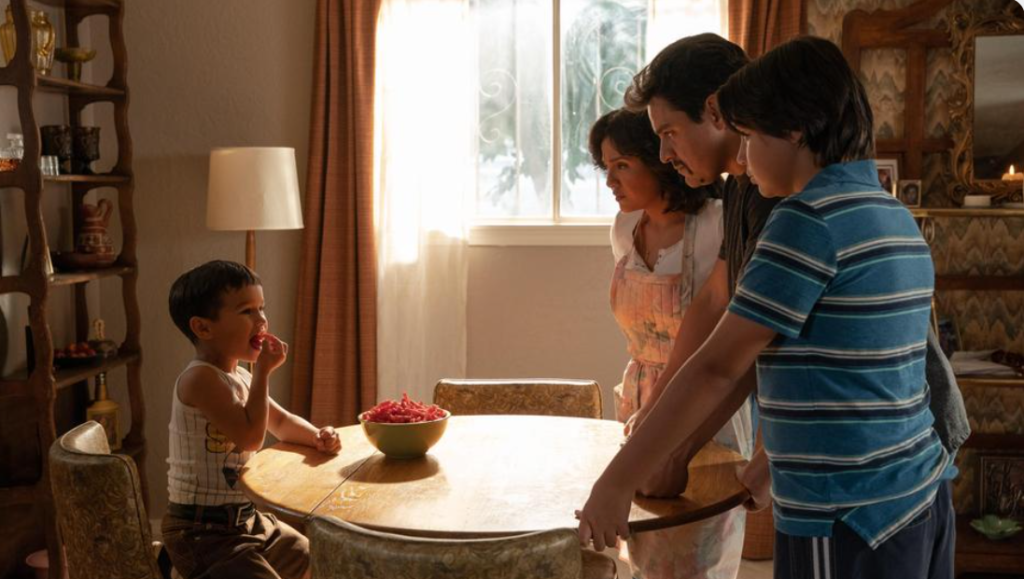Ramona S. Diaz is an award-winning Asian-American filmmaker. Her film credits include “Spirits Rising,” “Imelda,” “The Learning,” and “Don’t Stop Believin’: Everyman’s Journey.” Her stories focus on the Filipino and Filipino-American experience. Diaz’s films have been broadcast on “POV” and “Independent Lens,” and have screened and won awards at Sundance, Berlin, Tribeca, Silverdocs, IDFA, and many other top film festivals.
“Motherland” will premiere at the 2017 Sundance Film Festival on January 21.
W&H: Describe the film for us in your own words.
RSD: The film is an immersive experience of the one of the busiest — if not the busiest — maternity hospitals on the planet, which happens to be in the Philippines, the Jose Fabella Memorial Hospital.
W&H: What drew you to this story?
RSD: The Fabella Hospital itself. The first time I visited it, as part of a research and development trip for a film about reproductive and maternal rights, I knew immediately that there was a film to be made about the place. The hospital never lets up: it draws you in with its kinetic and overwrought energy.
W&H: What do you want people to think about when they are leaving the theater?
RSD: My job as a filmmaker is to introduce audiences to people and places that they would otherwise not encounter, and to create empathy toward characters they wouldn’t normally meet in their daily lives. And rather than think of the mothers — and fathers — in the film as “the other,” I want the audience to feel a universal kinship with the folks they meet on screen. So as they leave the theater, I want them to be thinking of their own lives in relation to the people they just encountered on the screen, and find common ground.
W&H: What was the biggest challenge in making the film?
RSD: First, access. In order to gain carte blanche access to the hospital, I had to take my case directly to the Secretary of Health. Second was the fact that I chose to focus on patients rather than the staff of the hospital. This didn’t leave me with much of a safety net. The staff were constant, the patients were not; it was a constant revolving door of mothers getting admitted and discharged. This meant choosing the main participants as we were shooting.
Patients who gave birth to healthy babies stayed a mere 24 hours. And because I wanted to film patients over a longer period of time, I chose mothers who had given birth prematurely because they were in hospital for two weeks to a month. Given the lack of prenatal healthcare, a large portion of the mothers who gave birth at the hospital did give birth prematurely.
W&H: How did you get your film funded? Share some insights into how you got the film made.
RSD: Per the usual channels: Sundance, Chicken and Egg, Catapult, ITVS, “POV.”
W&H: What does it mean for you to have your film play at Sundance?
RSD: It means that you hit the ground running for the distribution phase of your film, because Sundance has the ability to point the collective gaze of the documentary community — and beyond — to say, “This is what you should be looking at right now.” And most everyone does.
W&H: What’s the best and worst advice you’ve received?
RSD: Best advice: You should go to film school. Take the time to hone your craft and find your voice.
Worst advice: You should shoot with more than one camera.
W&H: What advice do you have for other female directors?
RSD: I sometimes think women directors feel like they need to know everything about, well, everything. The color temperature of every lighting source ever invented, the pros and cons of every make and model of every lens known to man, etc. And this feeling puts the fear of god into women.
I used to feel this way, which leads me to think that maybe other women also felt this way. Maybe I’m wrong — maybe it was only me. But, anyway, I’ve found that I really don’t need to know everything all at once. One hires a great cinematographer for a reason. Yes, you need to know what the shot should evoke, what it is you want to say with the scene or what the point of the interview is, you need to know the basic lenses, the key and fill, etc. But it’s the DP’s job to then make the magic happen.
So, my advice is to relax. You don’t need to know everything all at once.
W&H: Name your favorite woman-directed film and why.
RSD: Not the favorite but one of my favorites would be Sofia Coppola’s “Lost in Translation.”
W&H: Have you seen opportunities for women filmmakers increase over the last year due to the increased attention paid to the issue? If someone asked you what you thought needed to be done to get women more opportunities to direct, what would be your answer?
RSD: I got inducted into the Academy this year, and it happened in large part because of the backlash of #OscarsSoWhite.
But I’m not sure the opportunities have grown. There is more awareness which should lead to more opportunities. One would hope.







